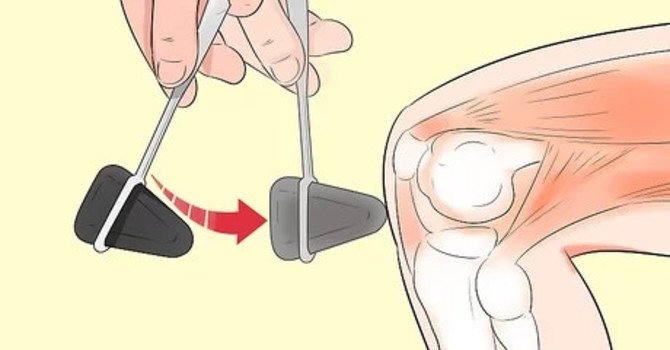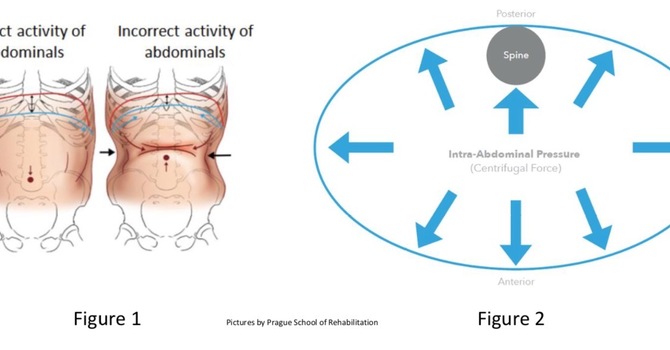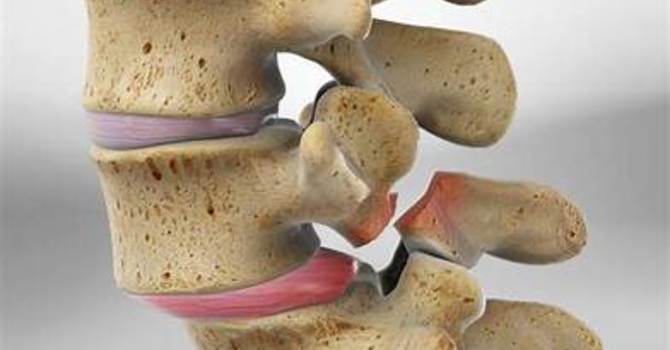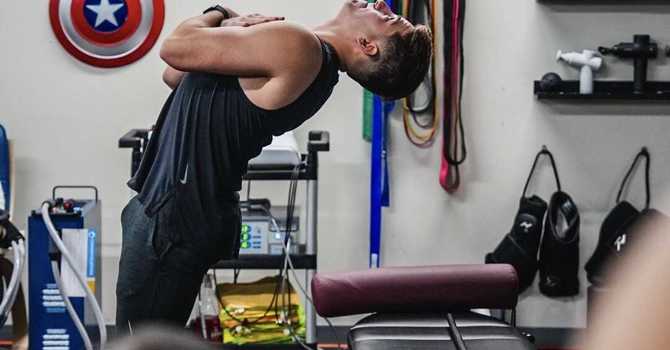Low back pain is the most common cause of musculoskeletal pain and disability in the United States.
The term low back pain is a very broad term and the source of the pain can arise from a plethora of reasons. As Chiropractors, low back pain is the most commonly treated condition. Determining the root cause of the low back pain is crucial for determining a course of treatment and we can develop a plan together to help get you moving and out of pain.
The most common low back injuries we see are:
- Lumbar Sprain/Strain
- Lumbar Disc Pain
- Sacroiliac Joint Dysfunction
- Lumbar Facet Syndrome
The sooner you are up and moving, the better the prognosis. Once pain and inflammation have decreased, we will begin working on lumbopelvic stabilization and mobility and more advanced exercises. We will evaluate muscle imbalances and movement patterns with the goal of restoring proper biomechanics, stability, and core strength. Your home care will emphasize the progression of stabilization protocols and corrective exercises. If you fail to respond to conservative treatment, or in cases of severe neurological loss, a referral for imaging (X-Ray or MRI) may be warranted.
Lumbar Sprain/Strain
Lumbar sprain/strains are commonly caused by overuse, excessive load, or sudden, jerky movements such as an auto accident.
It is common to hear a “pop”, “click”, or “snap”. Lumbar sprain/strains are what most refer to as a “pulled muscle”. The symptoms are commonly acute muscle spasm, limited range of motion, and possible bruising or swelling.
Proper diagnosis of lumbar sprain/strains allows for the development of a solid therapeutic exercise program that focuses on low back and core strengthening to help stabilize the spine and build the tolerance of the paraspinal musculature. Chiropractic manipulation, dry needling, soft tissue therapy, Winback TECAR Therapy, and Shockwave are also excellent forms of treatments for acute sprain/strains.
Lifting at work, weightlifting technique, and load management is a large part of preventing the reoccurrence of lumbar sprain/strains and can be evaluated by the clinicians to ensure your lifting technique or programming is not resulting in injury.
Lumbar Disc Pain
Low back pain as the result of lumbar intervertebral disc derangements are very common cause of acute and chronic low back pain.
Symptoms commonly include pain worse with heavy lifting, bending over, excessive strain, and possible numbness, tingling, burning, or weakness into the legs. Lumbar disc symptoms may commonly be represented as Sciatica or Sciatic nerve irritation. Although the severity of the pain varies between individuals and injuries, a very high percentage of lumbar disc derangements respond very well to chiropractic care and conservative management.
Most cases do not result in severe sensory loss, muscular weakness, or diminished reflexes. For those cases that do present with severe symptoms or any change in bowel or bladder dysfunction, referrals to other clinicians are made.
Here at Strength & Spine Chiropractic, many of our low back pain patients with lumbar disc derangements respond almost immediately, especially when we use the NxPro to care and are engaged in their rehabilitation programs at home to ensure proper healing and prevention of recurrence. We pride ourselves on reinforcing that our care is not a temporary fix, but a resolution and plan to prevent chronic pain.
Lumbar Facet Syndrome
Facets are the name of the joints in the spine. The term facet-mediated pain refers to joint pain in the spine. It commonly occurs in the lumbar and cervical spine.
Lumbar facet-syndrome commonly presents as achy or dull pain that is reproduced when going from sitting to standing or when going from flexion to extension. Facet-mediated pain may be due to joint irritation, biomechanical dysfunction, repetitive loading, or degenerative changes.
Chiropractic manipulative therapy is an excellent tool for managing facet-mediated pain. In addition, developing an exercise program that tailors to strengthening the musculature will help relieve stress of the lumbar facets and help prevent developing chronic low back pain.












